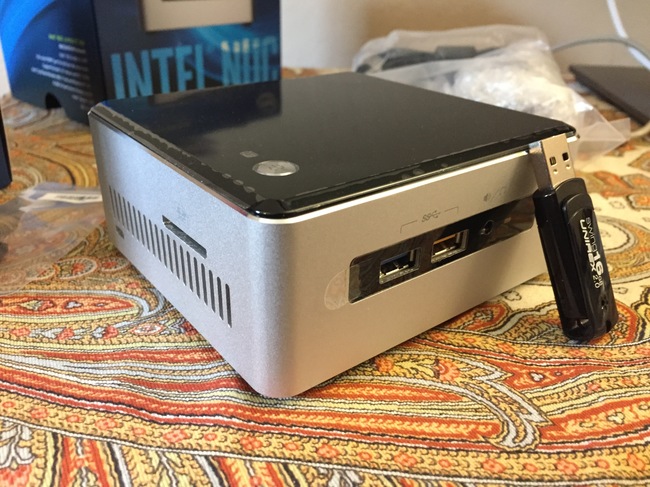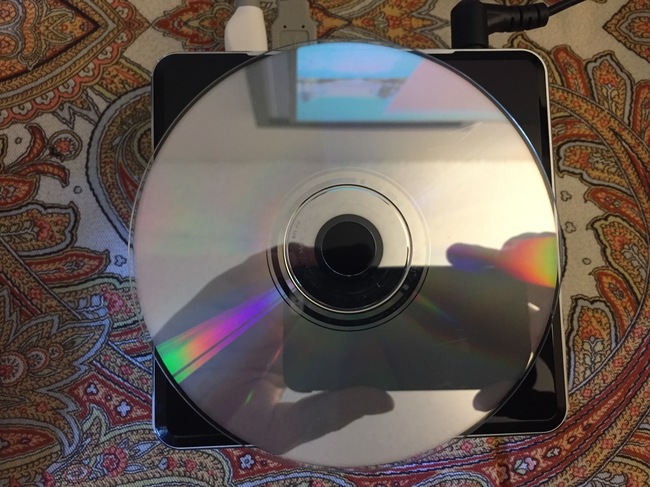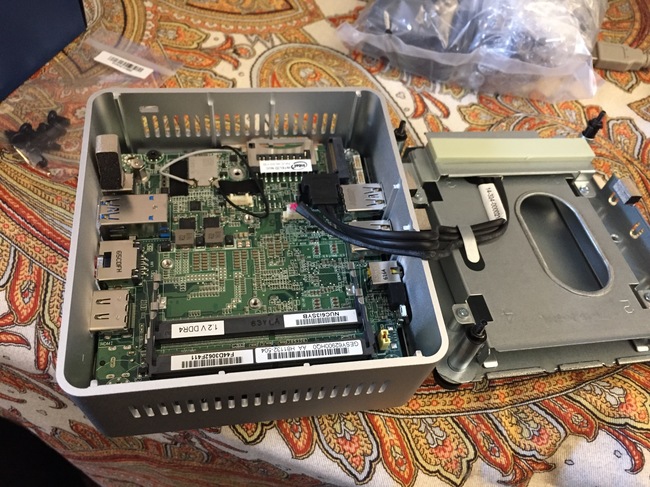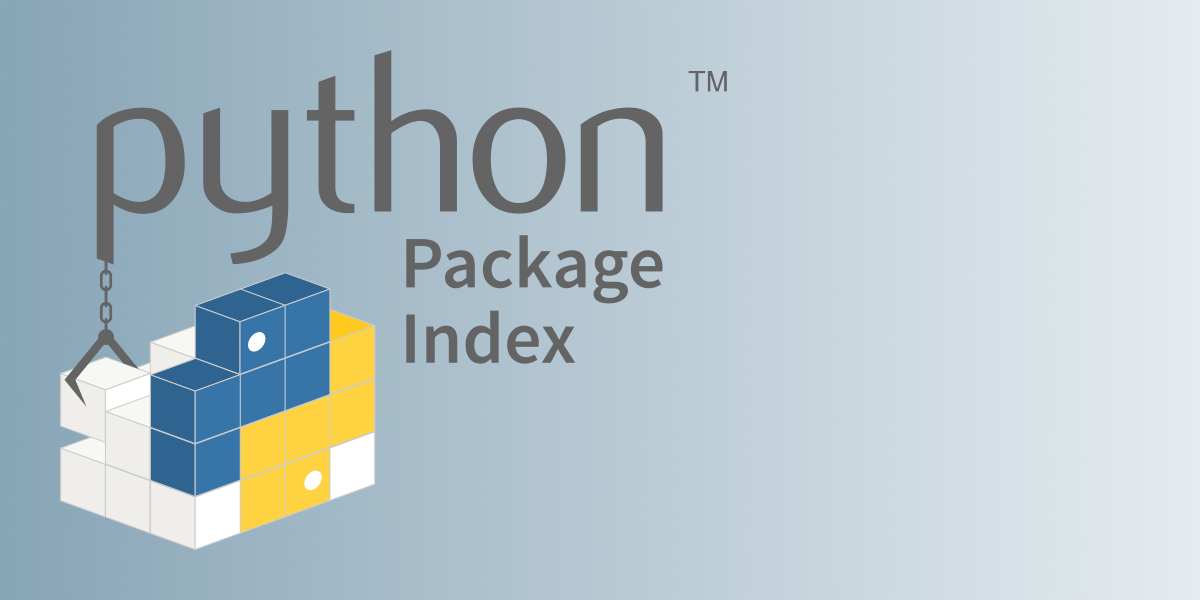Bye MacBook, Hello Intel NUC
For a while now, my 2011 13” i5 MacBook Air which I use for development purposes has been showing signs of pending death: flickering screen when moving the lid, excessive heat, inability to be charged, killing 2 replacement batteries and 3 chargers, slowing down with new OS X/macOS installs, etc. etc.
So, I figured that it was time for a new machine. The MacBook Air, whose form factor I love, served me well (not counting the recent death rattles) for 5 years, so I eagerly awaited the October 27 Mac event, eyeing either a replacement MacBook Air or a new iMac. In short, this is what happened:
- No new iMacs, Mac Mini, NOR MacBook Air models.
- Removal of ports that I use all the time on my MacBook.
- An uninspired hardware refresh.
- Entry level MBP is $1,499?! And no Touch Bar. I mean, I didn’t want one, but I think that it should have one for 1.5k.
There are many more threads on Reddit and a ton of other sites that lament the event, so I won’t dedicate more space to it except that I bought a 15” i7 MacBook Pro with 16GB of RAM and NVIDIA GPU in 2012 for only $300 more than the cost of the current entry level MPB. Needless to say, I won’t be continuing my usage of Apple hardware.
So What Are My Choices?
My initial reaction was to either dual boot my gaming machine into macOS by turning it into a Hackintosh. Something I had done before, which worked okay. The main issue is that my gaming machine is also from the stone age of 2011 and carries around an i7 2600k running on a P67 motherboard. This works fine for gaming, but not so much for the Clover bootloader.
My second idea was to build a tiny i3 6100 based machine using a HTPC form factor case. And I had it all specced out, costing about $390 in total. But then I came across a mention about Intel NUC while watching an HTPC case review. I was surprised that I never heard of it before.
Enter NUC
Intel NUC is a PC sans RAM, storage (and, thus, OS) for as little money as you could put together an HTPC yourself. I went to the Intel site, saw a version of it with an i3 6100U (NUC6i3SYH), found it on Amazon for $277.60 and smashed the buy button.

I had an unused SSD laying around, a Samsung Evo 850 250GB, and ordered some cheap-ish DDR4 RAM from Crucial, 16GB in total. The total cost for all the hardware, without shipping and taxes was $347.59. I had that SSD laying around, so if you wanted one with an Evo 850 like mine, add about $99.99 to that number.
So what’s better than building one from scratch? Features. The motherboard you get in a MicroATX machine at that price point does not support Bluetooth, WiFi, mini-DisplayPort connectivity, VESA mountability, SD card reader, and has a much worse form-factor to accommodate the power supply and fans.
The height of the NUC is about the same as 5 CD jewel cases stacked on top of eachother at about 53mm, but with a smaller surface area. You couldn’t put an optical drive in one of these simply because a disc is larger than the width + height of this thing.

As I mentioned above, it comes with a VESA mounting bracket so you could attach the whole kit and caboodle to the back of your screen for the most minimal footprint possible and to get that all-in-one feel. Sadly, my monitor’s stand is attached to the VESA mount, so it’s not possible for me. However, I will probably Jerry-rig something together to get it off my desk.
Putting the hardware together was incredibly easy. Four screws holds a plate exposing the internals. This model comes with a cradle for a 2.5” HDD, which you can just slide in without worrying about screws or cables. You slip it in and you’re done. Adding RAM is the same procedure as adding RAM to a laptop, a simple process of lining up the notches and pushing them into the slots. It took less than 5 minutes to unscrew, pop in the SSD, pop in the RAM, and screw it back together. Easiest. Assembly. Ever.

What’s Next?
I’m installing elementary OS onto it instead of macOS. Actually, I already have and am typing this from elementary OS. The system feels fast and responsive, which I didn’t expect from an i3 processor and an integrated graphics chip driving a 2560x1440 screen at 144hz. Supposedly, the NUC is compatible with Hackintosh builds, but I wanted to try something new first and it’s been a while since I’ve used Linux on the desktop. If it doesn’t work out, I’ll attempt a Hackintosh build later on. For now, I am impressed with my sub-$350 PC and I’ll write a post with my elementary OS impressions after I’ve used it for a bit.



